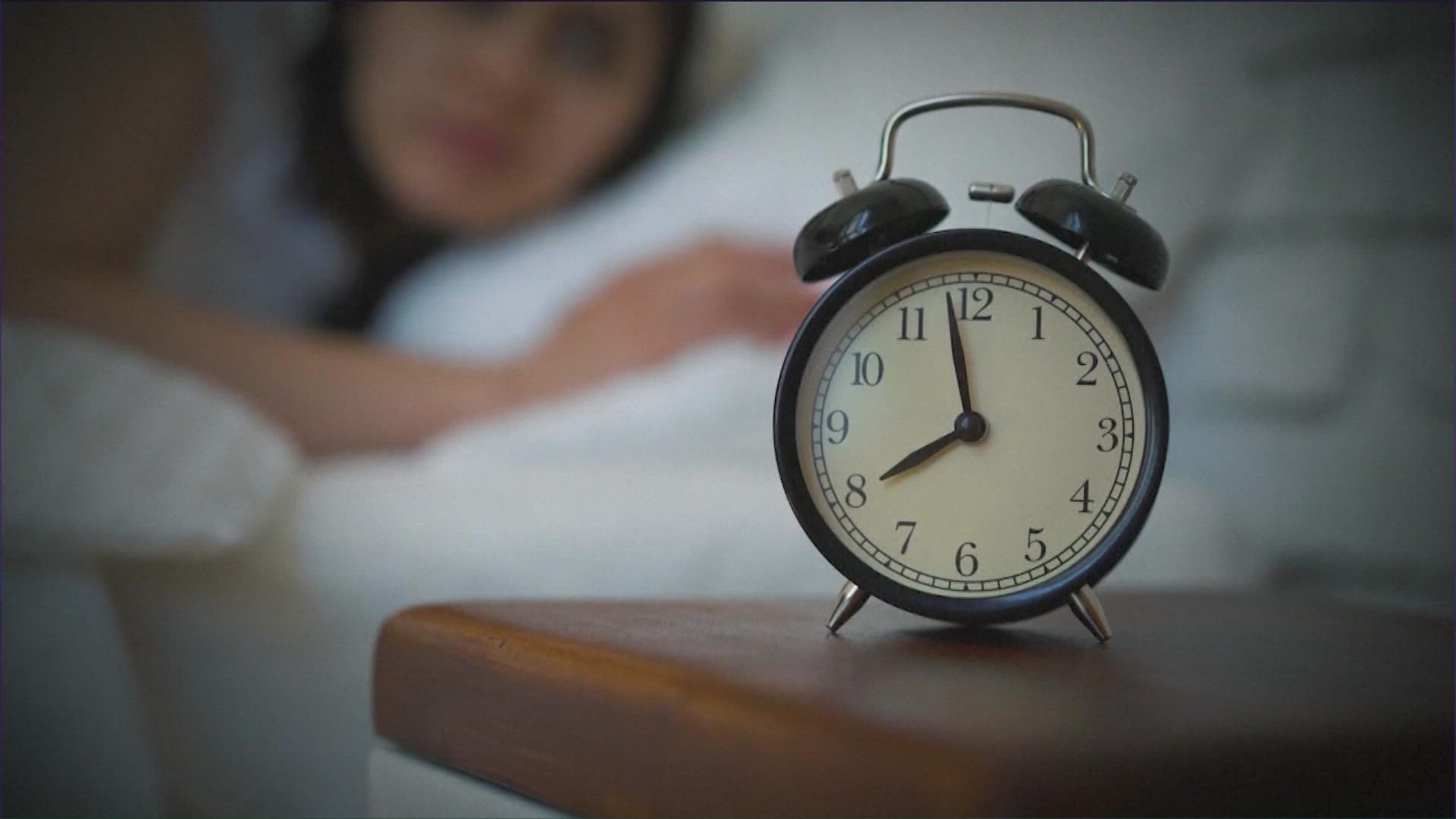Each year, as the clocks wind forward or back, signaling the shift between Daylight Saving Time (DST) and Standard Time, the impact on our sleep patterns and overall health becomes a topic of heated discussion. Recently, Oklahoma City residents experienced this annual adjustment, gaining an extra hour of sleep as we transitioned from DST back to Standard Time. While the change might seem minor, medical professionals emphasize that the effects on human health are significant and often detrimental.

Daylight Saving Time, a practice that has spanned over a century and initially implemented during the world wars as an energy-saving measure, is increasingly being questioned. Sheldon Jacobson, Ph.D., a professor at the University of Illinois, points out that the original purpose of DST is moot with today’s advanced energy-saving technologies. “The incremental savings today is far less than it would have been in the past,” he explains.
The Health Risks of Shifting Clocks
The bi-annual clock changes disrupt our natural sleep-wake cycles, leading to various health issues. Dr. Jacobson notes that the aftermath of adjusting the clocks includes a slight increase in automobile accidents and a significant rise in cardiovascular incidents. “There’s an incidence of higher cardiovascular events, heart attacks that occurred,” Jacobson reported, questioning the necessity of adding such chaos to our lives.
Daylight Saving Time is almost here — and springing forward can have a profound impact on your health. My partners at @SleepScore have designed a 4-night program to help ease the adjustment. Download the free app to get started: https://t.co/GV3cn8U3uv pic.twitter.com/KsAQ6rJrQ3
— Dr. Mehmet Oz (@DrOz) March 8, 2019
Joanne Skaggs, MD, Associate Chief Medical Officer of Adult at OU Health, supports this view, highlighting that numerous medical societies advocate for a fixed year-round time to safeguard public health. “It really affects our human circadian biology and it really protects us from a kind of public health and a population health perspective,” she states. Studies link the time changes to not just sleep disruptions but also increased risks of heart attacks, strokes, and hospital admissions.

Legislative Debate and Proposed Solutions
Despite the mounting evidence of health risks associated with DST, there is still significant legislative support for making Daylight Saving Time permanent. This preference contrasts with the medical community’s recommendation, which favors Standard Time for its alignment with our natural circadian rhythms. “From a medical point of view, standard time is preferred,” Jacobson emphasizes.
In an attempt to find middle ground, Dr. Jacobson proposes a compromise: a permanent shift of the clock by just 30 minutes. This solution aims to mitigate the health risks while addressing the preferences that have led to incremental increases in DST duration by politicians. Meanwhile, both Oklahoma and national legislators continue to deliberate over the best approach to time regulation.

Conclusion: Time for a Change?
As the debate continues, it is clear that the issue of Daylight Saving Time versus Standard Time is more than just a matter of adjusting clocks; it’s a significant public health concern. With modern-day complexities and technological advancements, the question remains: is it time to stop the clocks on this century-old practice? As we look towards legislative updates and medical advice, the health and well-being of the public hang in the balance, prompting us to reconsider whether this time-honored tradition is worth keeping.










